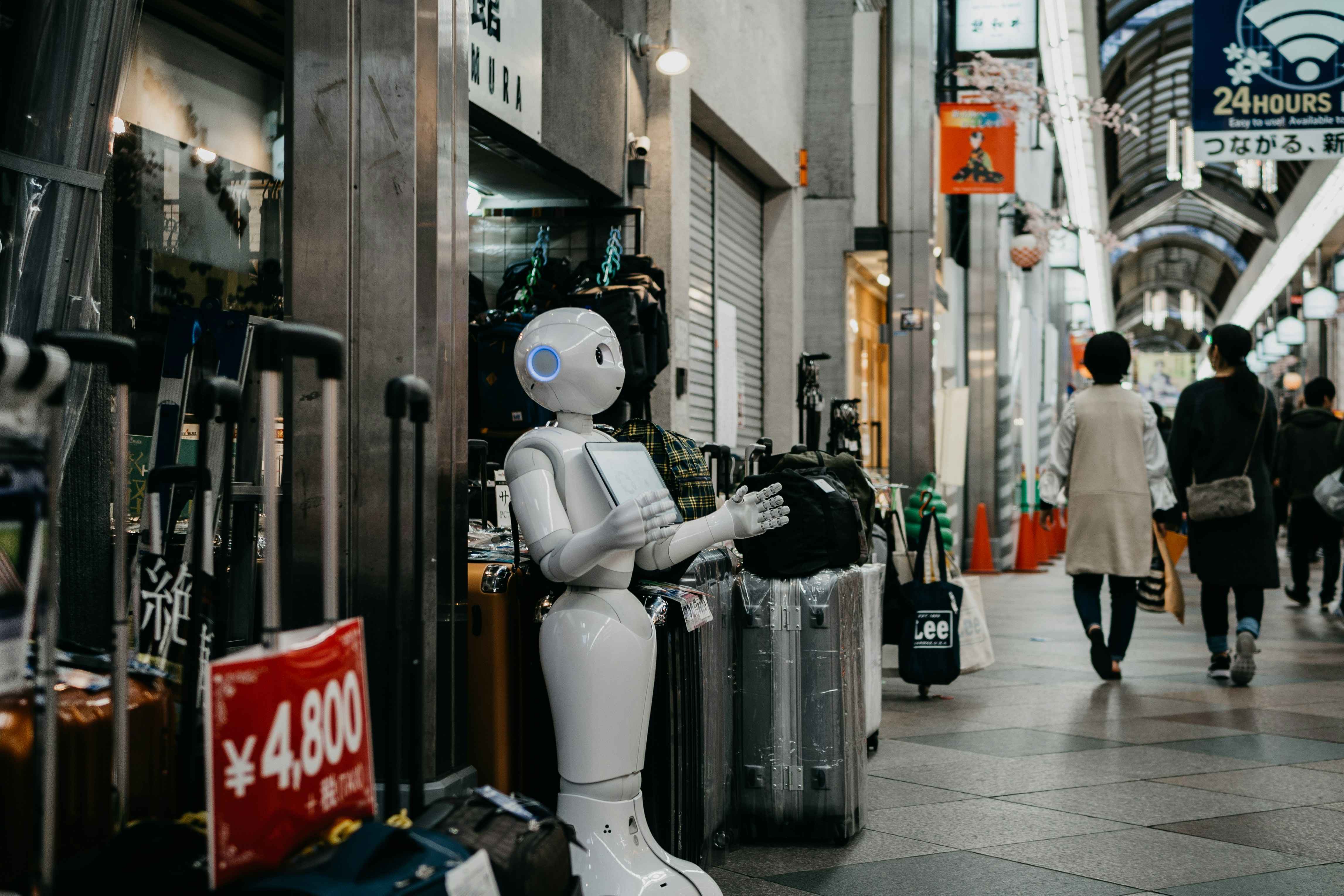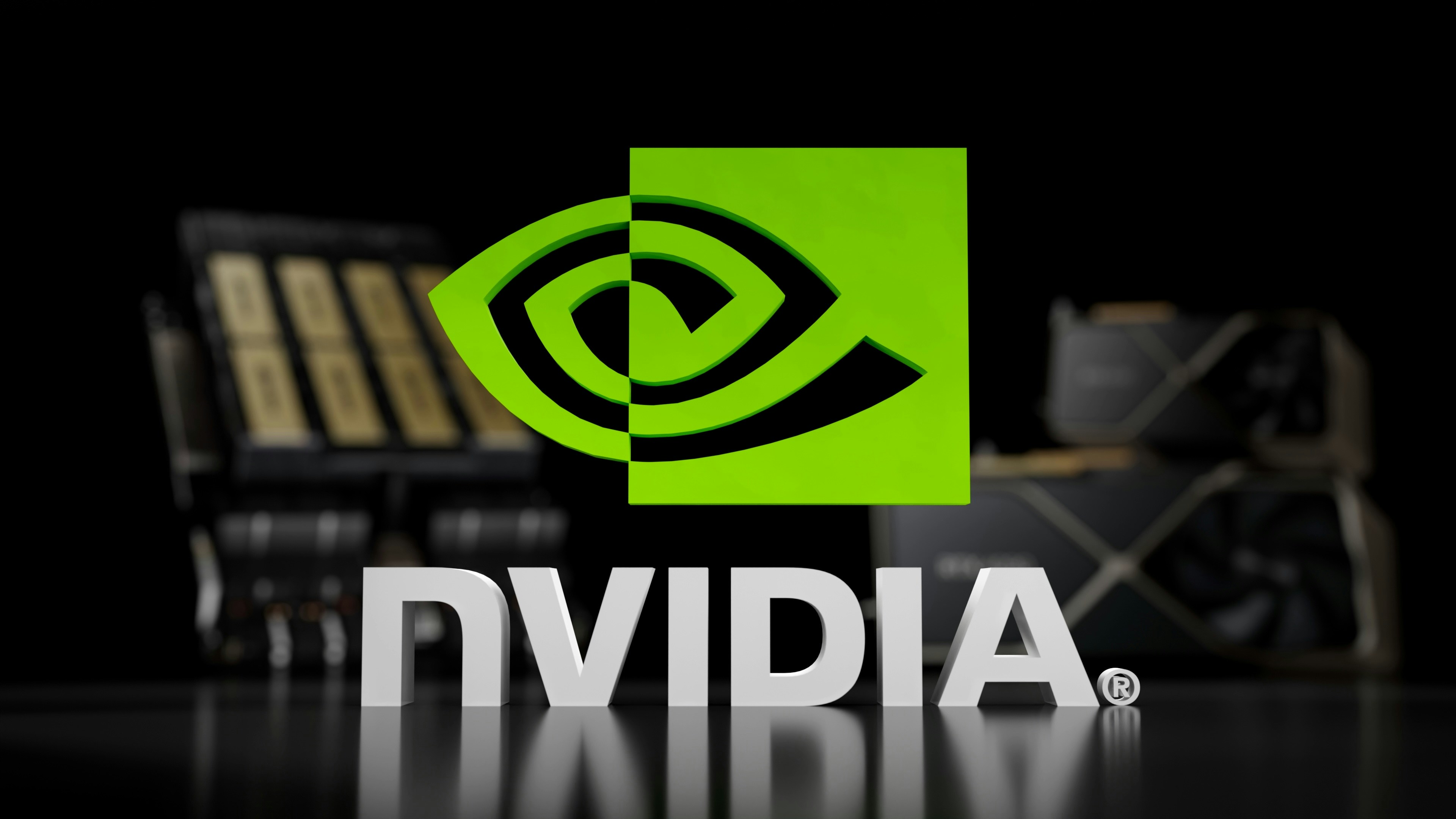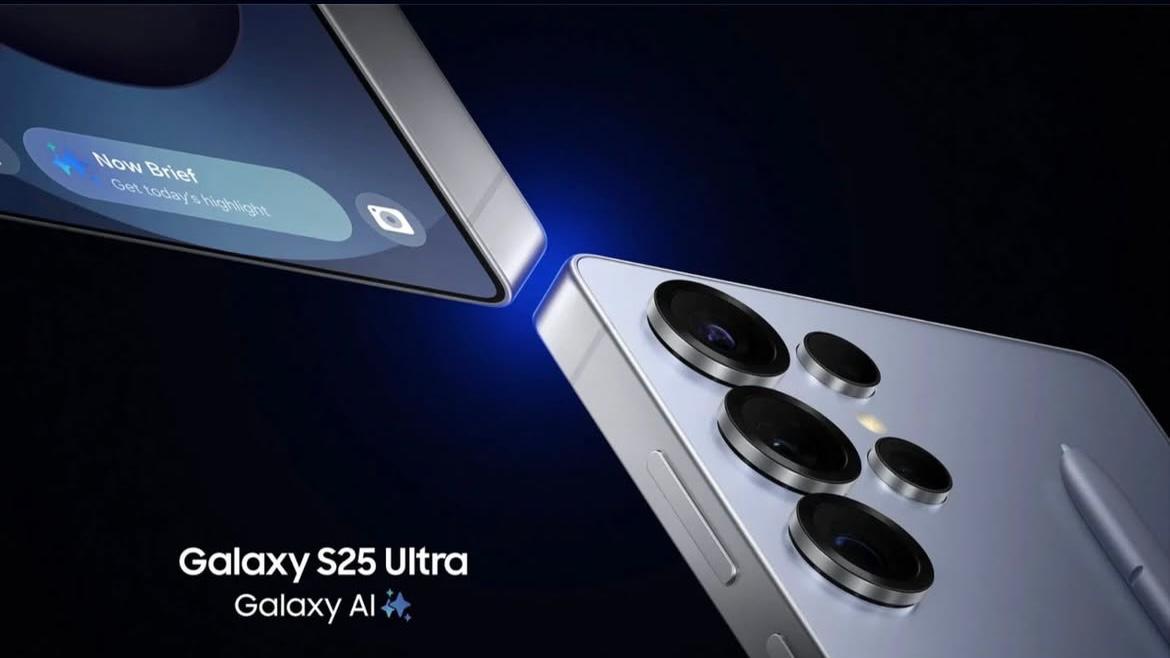
In a world where artificial intelligence (AI) is rapidly transforming our daily lives, the convenience it provides comes with an unexpected side effect—digital burnout. As we rely more on AI-driven tools for work, social interactions, and even relaxation, our mental well-being is being tested in ways we might not have anticipated.
The Hidden Fatigue of AI Dependence
AI is designed to streamline tasks, from automating emails to curating personalized content on social media. However, this constant digital assistance can lead to cognitive overload. Instead of reducing stress, AI often increases our exposure to overwhelming amounts of information, notifications, and decisions.
1. Information Overload: The AI Content Tsunami
With AI recommending articles, videos, and social media posts based on our preferences, we are bombarded with a never-ending flow of content. What was once a simple search turns into hours of scrolling. The human brain, despite its vast capabilities, is not wired to process such an immense volume of information continuously. This overload can cause mental exhaustion, making it difficult to focus on essential tasks.
2. Decision Fatigue: Too Many AI-Suggested Choices
AI simplifies decision-making by offering tailored suggestions, whether for shopping, watching movies, or even career advice. While this might seem beneficial, it creates a paradox of choice—too many options lead to decision fatigue. The mental strain of constantly choosing between AI-generated recommendations can be overwhelming, leading to frustration and dissatisfaction.
3. Productivity Pressure: AI-Powered Work Stress
In the workplace, AI is often associated with increased efficiency. From automated emails to AI-driven project management tools, employees are expected to accomplish more in less time. While this may boost productivity, it also raises expectations. The pressure to keep up with AI-optimized work speeds can result in stress, anxiety, and ultimately, burnout.
AI and Social Media: A Never-Ending Cycle
Social media platforms leverage AI to maximize user engagement. The algorithms behind these platforms are designed to keep users hooked by offering personalized content, notifications, and interaction suggestions. However, this constant engagement leads to mental exhaustion and addictive behavior.
1. The Dopamine Loop of AI-Generated Content
AI curates content that aligns with user preferences, making social media feeds increasingly engaging. This creates a dopamine-driven loop where users constantly check for new updates, likes, and shares. Over time, this habit can lead to decreased attention spans and an inability to focus on offline activities.
2. Social Comparison and Mental Fatigue
AI-powered social media platforms often highlight content that fosters comparison—edited photos, success stories, and seemingly perfect lifestyles. This can lead to self-doubt, anxiety, and decreased self-esteem. The mental exhaustion from trying to keep up with unrealistic digital portrayals contributes to overall burnout.
The Psychological Toll of AI-Driven Interactions
AI-powered chatbots, virtual assistants, and automated replies have changed how we communicate. While they offer convenience, they also contribute to a loss of genuine human interaction. The emotional disconnect caused by AI-mediated conversations can lead to loneliness and a sense of detachment.
Moreover, the human brain requires emotional connections to thrive. Relying too much on AI-driven communication may reduce empathy, making it harder to form meaningful relationships. This shift can contribute to feelings of social exhaustion and digital isolation.
Escaping the AI-Induced Exhaustion
While AI is here to stay, balancing its benefits with mindful usage can prevent burnout. Here’s how:
1. Set Digital Boundaries
Create a structured routine that limits AI-driven interactions. Set screen time limits, schedule tech-free hours, and avoid mindless scrolling. Apps like digital well-being trackers can help monitor and reduce screen time.
2. Prioritize Real-Life Engagements
Shift focus from AI-mediated conversations to human interactions. Engaging in face-to-face conversations, outdoor activities, and hobbies can help break free from digital dependency.
3. Use AI Intentionally, Not Passively
Instead of letting AI dictate your choices, use it as a tool for specific needs. Whether it’s work-related automation or content recommendations, actively choose what adds value rather than mindlessly following AI-generated suggestions.
4. Take Regular Breaks and Digital Detox
Periodic digital detox can help reset your mind. Whether it’s a weekend without social media or an evening without notifications, these breaks can significantly reduce stress and prevent burnout.
Final Thoughts
AI is revolutionizing how we live, but its unintended effects on mental well-being cannot be ignored. Striking a balance between leveraging AI’s advantages and maintaining mental peace is key to avoiding digital burnout. As we move forward in an AI-driven world, it’s crucial to develop habits that protect our mental health while benefiting from technological advancements.
Are you using AI mindfully, or is it using you?
Asif Bc
Aspiring blogger in Kerala sharing insights on technology and mental health to inspire mindful living.


.jpg)

0 Comments